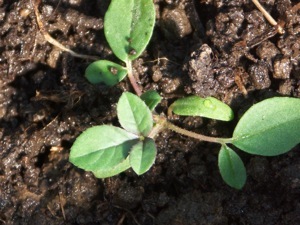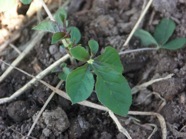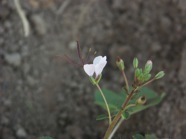
Ca
CABBAGE
One of the winter vegetables in temperate climates. Cabbages have many appearances: red , dark-green or light-green coloured (and all possible variations in between, even yellow-green). Mostly sown during late spring they give a big crop from october or november on. In mild climates most of these can be overwintered outside, otherwise they can be brought into a root cellar.
Many special ones exist, I’m just picking out one of the old (and nearly extinct French ones: choux de Saint-Saëns, with a very peculiar (un-cabbage-like) growing habit: it is sown in August, grown during wintertime and harvested the next winter. The flower stalks only appear in the third year (cabbage normally flower after two years...) . This old French one can become enormously big, cabbages up to 20 kgs aren’t exceptionnal!
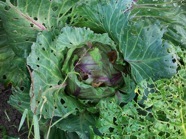
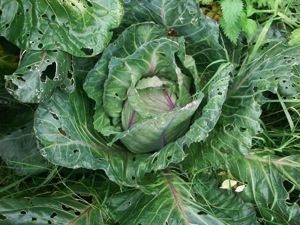
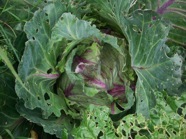
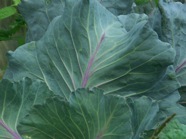
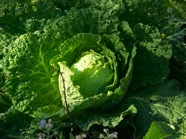
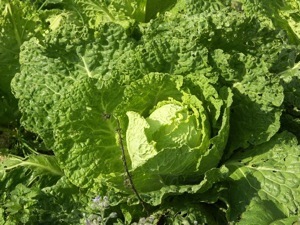

CAMPANULA
Many edibles can be found in the ‘ornamental’ campanula plant section. There are especially lots of campanulas with edible leaves, used mainly as salad ingredients. And , off course, the flowers are also edible. There is one species (campanula rapunculus) with an edible, radish-like root (see rampion). Very easy to grow, and some species stay green during mild winters, campanula glomerata and campanula versicolor are some of the best.
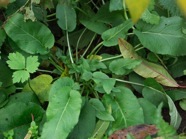
CARAWAY
A biennial plant widely known for its edible seeds, which are used as a bread flavouring, lots of cheese is made with the Caraway (carum carvi) seeds, these are known over here (and especially in Germany ) under the name kummel. But the leaves are even better, especially young leaves, added to salads, or prepared as a warm dish. The seeds are only produced in the second year, the plants can reseed easily
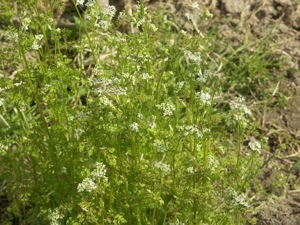
CARDAMINOPSIS
I just tried this out this year, it is a winter salad plant, but either it was in a wrong spot, either I have the wrong soil structure or even climate, but it didn’t really work out they way I expected it. I didn’t even get a chance to taste the leaves yet, but the few plants that are left seem to be winter hardy.
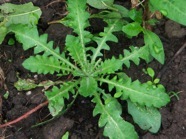
CARDOON
Speaking of an ornamental... Cardoon (cynara cardunculus) is a wonderful plants, the big leaves, sometimes up to 1,5 metres or more are amazingly attractive, the flower heads are just beauties (and very attractive to bees). Traditionally the plants are bleeched during spring (and in some areas during winter), and sold as a good-tasting vegetable on markets (but, they can be big, I’ve seen the blanched plants in Switzerland, nearly 2 metres!). Years ago some special cellars were built for this, some still exist, although the blanching technique (and eating the cardoon) seems to be disappearing... They are quite easy to grow, but they need space and a winter protection whenever frost strikes hard (it’s also possible to dig up the roots and store them in a frost-free place during wintertimes, and replant them in spring).
As usual, there are quite a bit of varieties, with other shaped leaves (some are spiny, some not), or colours, a new one for me was a nice-coloured red-stemmed one..

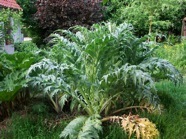
CARROTS
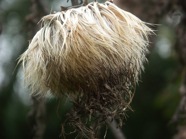
A classic vegetable, with, again, lots of different colours and even shapes, short and thin, fat or long, ... Originally the carrots that were eaten in Europe were white, the orange colour is a fairly recent addition, but it soon invaded the market. Carrots can be grown almost all year round, there are winter (storage ) varieties, spring varieties (mostly short stubby ones), summer varieties,...
Carrots are biennial, so if you leave them in the ground, they will produce flowers the next year.
If you want to grow your own carrot seed, make sure you make a good selection of the carrots you want (for example selected on straightness), and grow at least 50 of them, just to keep the genetic variability... So, you’ll end up with lots of seeds! Preferably take the seeds from the first or second flower heads, they will produce the best seeds (and certainly make sure these selected carrots cannot cross with other carrots or the wild Queen Anne’s lace !
And, off course, the leaves can be eaten too, and carrots are sometimes used for colouring foods (but I’m not sure whether the roots or the seeds are used for this.
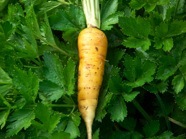

CAT’S WHISKER
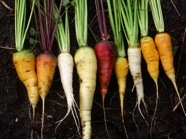
When I first grew out this plant, I thought this would be too demanding in warmth to grow it here, but it proved to be perfectly adapted for our grey summers. The only disadvantage is : they are quite quick to bolt, and considering the fact that the leaves are eaten, that’s a bit of a disadvantage. Cat’s whisker (cleome gynandra) is one of the crops that deserve a more widespread attention, in some tropical countries the plants are weeded (they do have a bit of a weedy habit in warm and humid climates), but they could be used a lot, the leaves are added to salads, or prepared in all kinds of warm dishes. As you can see in the pictures the plants are quite small, but they are easily grown in a nice line or round patch.

